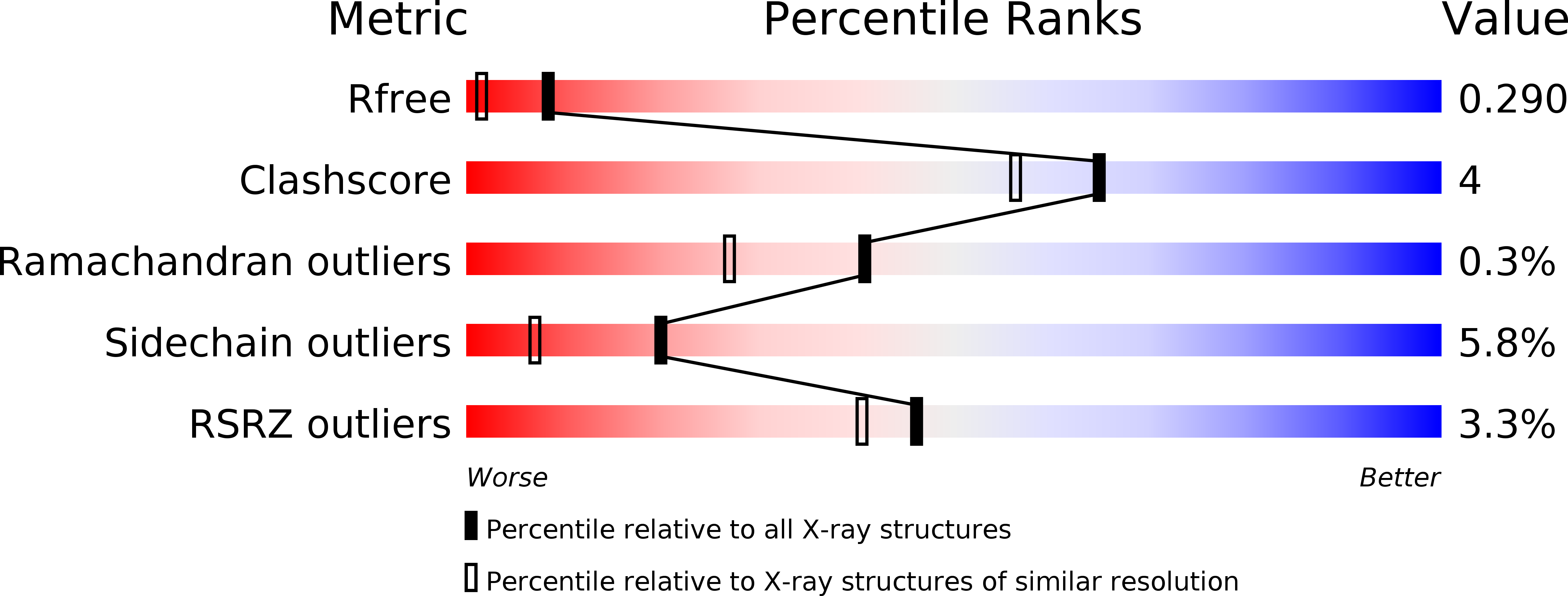
Deposition Date
2005-12-12
Release Date
2007-01-16
Last Version Date
2024-10-16
Entry Detail
PDB ID:
2C9I
Keywords:
Title:
Structure of the fluorescent protein asFP499 from Anemonia sulcata
Biological Source:
Source Organism:
ANEMONIA SULCATA (Taxon ID: 6108)
Host Organism:
Method Details:
Experimental Method:
Resolution:
1.82 Å
R-Value Free:
0.29
R-Value Work:
0.24
R-Value Observed:
0.24
Space Group:
P 1 21 1


